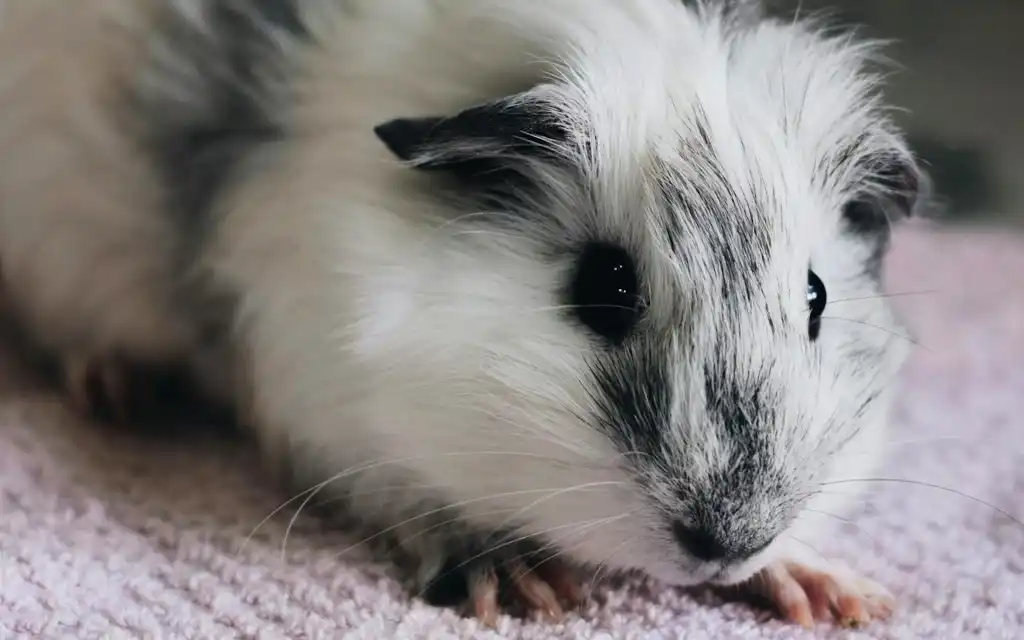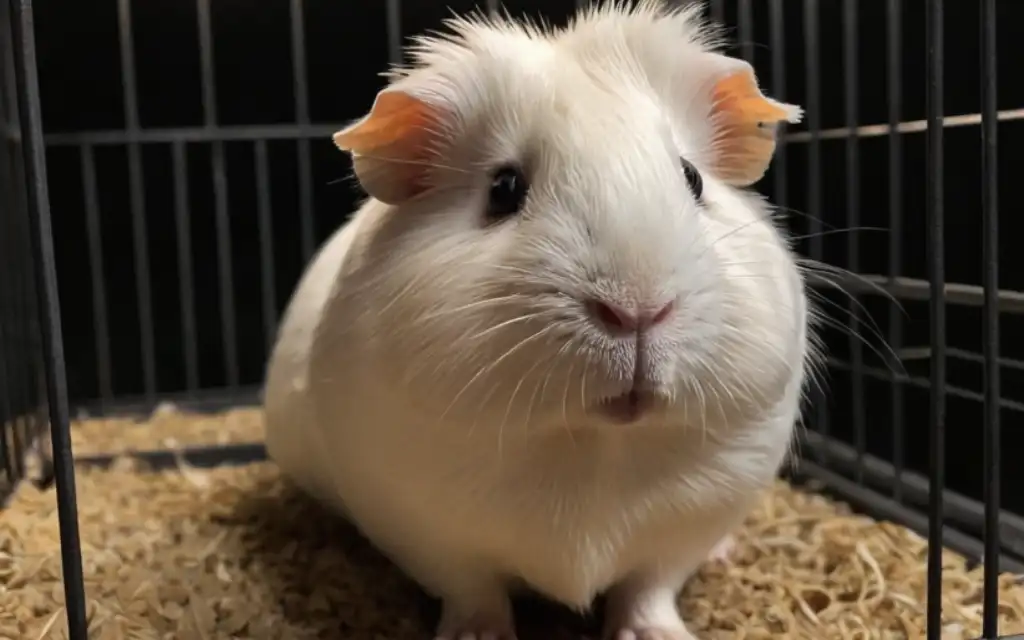As the temperature rises, keeping a guinea pig cool is very important. These adorable rodents have dense fur that makes them highly vulnerable to heat stroke. The lack of sweat glands makes the piggy struggle with heat, which can also become a matter of life and death.
So, if you are a piggy parent and do not have an air conditioner at your home, then this post can give you a budget-friendly, practical solution. Here you will get to know everything about keeping your guinea pig cool without air conditioning.
What makes guinea pigs struggle with heat?

Guinea pigs are biologically untrained to tolerate extreme temperatures, as these tiny animals evolved in the mild climates of the Andes Mountains.
As these social pets do not have sweat glands so, they can’t cool themselves by sweating as the temperature rises. Their dense, thick fur traps heat close to their bodies. And due to their small size, they get overheated faster than larger animals.
The ideal temperature for guinea pigs is between 65°F and 75°F. There can be a risk of organ failure, heat stroke, or death if the temperature rises above 80 degrees Fahrenheit.
What are the signs that a guinea pig is overheating?
Guinea pigs cannot regulate their body temperature through sweat. So, they come up with different distress signals when overheated. Here are the signs to look out for.

Open-mouth breathing or heavy panting
If you notice your piggy holding its mouth open or breathing heavily with rapid, shallow breaths, then these can be critical signs. Excess saliva around the mouth or drooling indicates that your furry companion is struggling to cool down.
Normal breathing in these little rodents is steady and quiet. Heavy panting in guinea pigs is quite uncommon.
Weakness or lethargy
During dawn and dusk, you will find a healthy guinea pig to be active and curious. An overheated or dehydrated piggy may refuse to move, be unresponsive to stimuli, or slump in a corner. Due to a lack of hydration or heat stress, they might struggle to stand.
Loss of appetite
Guinea pigs are extremely foody and graze on hay throughout the day. So, refusal to eat or drink, especially their favorite veggies, can be a sign of overheating. An overheated guinea pig will have disrupted the digestive system, causing gut stasis.
Ignoring water bottles can be a sign that the piggy is dehydrated. To ensure they are drinking enough water, check the water bottles daily and refill them with cool water.
Paws and ears are becoming hot
If the ears and paws of your piggy are hot to touch, then be sure that the body temperature of your pet is rising dangerously. A guinea pig’s paws and ears are key heat zones. So, act immediately if their skin feels warmer than yours.
Sprawling on cool surfaces
You might find your piggy lying flat on ceramic dishes, tile floors, or against the cage walls. These indicate that your piggy is overheated and seeking cold spots to dissipate body heat.
Ways to keep guinea pigs cool without AC

Cooling stones & frozen bottles
How to prepare:
- Fill plastic water bottles with ¾ water. Freeze the bottle and wrap it in a thin towel.
- Put the frozen bottle in the cage of your piggy so that it can lean against it.
- Put marble or granite tiles in the fridge until they get chilled. You can use them as cooling pads for your guinea pigs.
Why it works:
The cool surface of the chilled bottles and tiles draws heat from the body of your furry friend.
Ceramic slabs
How to use:
- Unglazed ceramic tiles are cheap and easy to clean.
- Place the slabs in the fridge for 1 to 2 hours so, that they get chilled.
- Put them in the shaded part of the cage. As they warm up, you need to replace them.
Enhance cage placement
Perfect spots :
- Place the cage in the basement if it is dry and cool.
- Shaded outdoor areas with temperatures below 75°F.
- A well-ventilated room.
What to avoid:
- Stuffy corners, direct sunlight, or near kitchen appliances that produce heat.
Hydrating essentials
- Always use fresh water and refill the bowls twice daily. To prevent tipping, use heavy ceramic dishes.
- Ice cubes can be offered as crunchy treats or added to water bowls.
- Serve water-rich veggies like bell peppers, cucumbers, celery, and romaine lettuce.
Use the fan safely
| Do | Don’t |
|---|---|
| Fans should be placed in such a way near the cage that it does not blow directly on the pigs. | Drafts can cause severe respiratory issues in your beloved pet.So never aim fans straight at them. |
| To circulate air, use oscillating fans. | Use noisy fans that might stress out your guinea pig. |
Use damp towels or a mist
Damp Towels: To create a cooler microclimate, drape a moist towel over part of the cage.
Misting: Lightly spritz cool water on the paws and ears of the tiny rodents. Do not soak their fur.
Make a playtime schedule
Midday Heat Should Be Avoided: Early morning or late evening should only be scheduled as playtime for your piggy.
Floor Time: Use your bathroom as their floor time for 10 to 15 minutes. The cool, tiled bathroom will prevent their body from overheating.
What should you avoid while cooling guinea pigs?
- Never use cold water immersion or give them cold baths to make them cool down. Their systems can get shocked due to a sudden drop in temperature.
- Wetting the fur all the time to cool down your piggy is not a good idea. Excess moisture can lead to fungal infections.
- Avoid using plastic hides as they trap heat. Go for wooden or ceramic shelters.
- Never leave your beloved pet in the car for even a minute. This can be deadly for the piggy.
Emergency steps to be taken during heat stroke
Follow the steps shared below if you notice any severe symptoms.
- Providing enough hydration is necessary in this situation. If they cannot drink, then offer water via a syringe.
- Immediately move them to a cool area so that their body temperature starts becoming normal.
- Place the furball on chilled tile and wipe their paws/ears with a damp cloth so that their body can cool down gradually.
- Overheating can lead to organ damage. So, call a vet immediately, even if they recover.
Final touch-up
Piggy parents are fully responsible for the well-being of their beloved pet. Your piggy completely trusts and depends on you to keep them cool and safe. Check the temperature of the place where your piggy is kept daily. A temperature over 103 degrees Fahrenheit can be an emergency.
By optimizing their environment using frozen bottles and other chilled items, you can easily keep your guinea pig cool without an air conditioner. So, let your furry companion enjoy and stay chill this summer.
